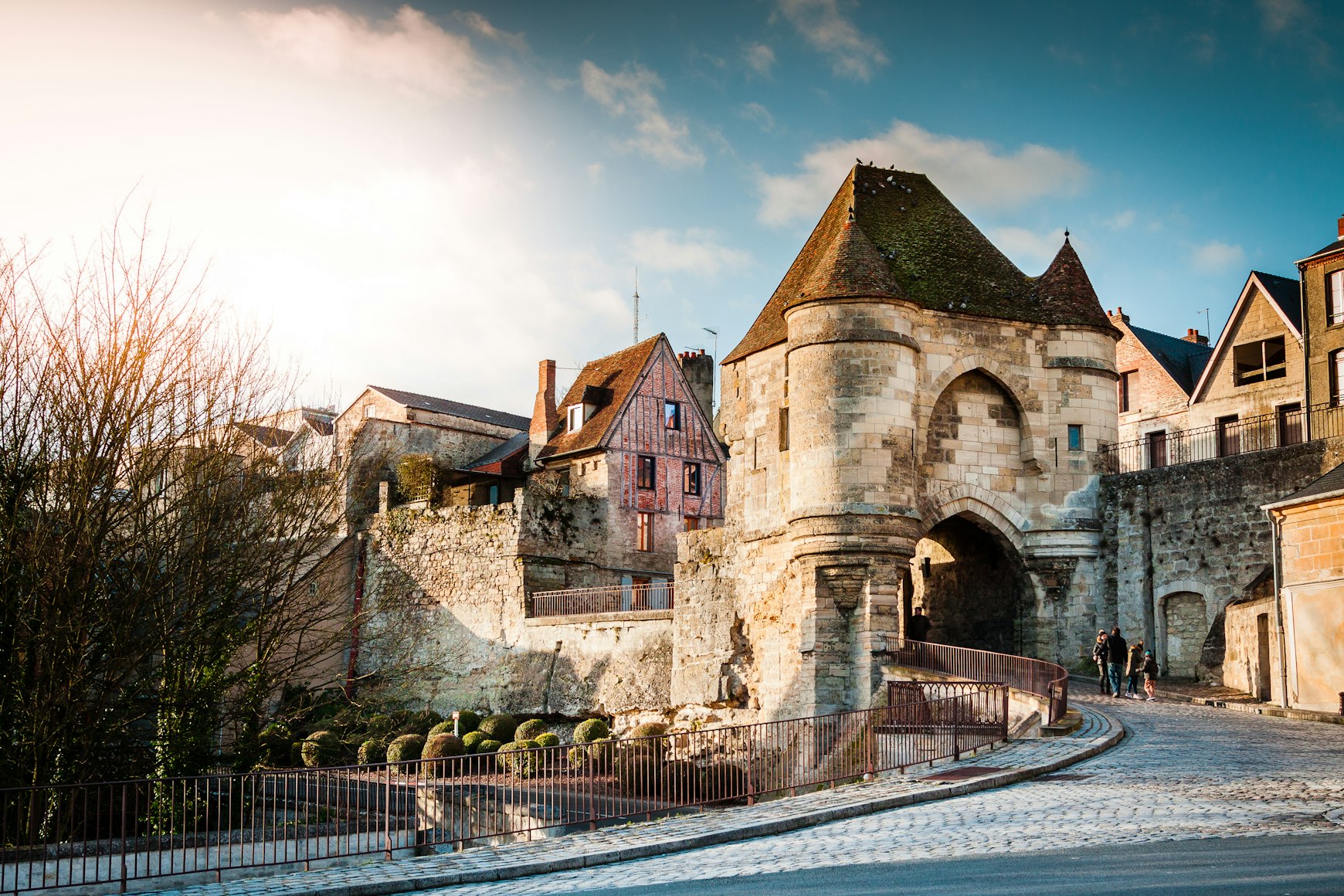The Tour de France, an famous and highly regarded cycling race, has captivated the hearts of avid sports fans and cyclists for more than 100 years. Through its long history, difficult routes, and outstanding athletes The Tour de France stands as an authentic testimony to the human spirit’s endurance, perseverance, and the quest for excellence. In this article, we’ll dive into the exciting world of Tour de France standings, investigating its significance, the evolution and the unforgettable events that have shaped its history.
Table of Contents
Understanding the Meaning of Tour de France Standings
The Tour de France is not just a race, it’s an international phenomenon that draws worldwide attention. The results of this race reflect the competitors’ strategies, skills and endurance during the race. The standings give a complete analysis of participants‘ performance as well as their place in the race’s hierarchy, and the gaps in time between them.
For those who love cycling The standings provide valuable insight into the dynamic that the event is undergoing. They help fans gauge what the strength and weakness of preferred teams and riders. Standings serve as a key factor in predicting the winners of the race as the race progresses, which adds the excitement.
The evolution of Tour de France Standings
Since its beginning around 1903, the Tour de France has undergone significant changes to its rules, format, in addition to standings tracker. At first the race was focused primarily on individual stage wins without any overall classification. But as the race grew in popularity and complexity, race organizers began to introduce different types of jerseys and categories to honor different accomplishments.
In the beginning, it was introduced that”the Yellow Jersey, or “Maillot Jaune” changed the way racers are ranked. The Yellow Jersey will be awarded to the racer with the lowest time for all stages. The Yellow Jersey changed this race to a contest not just for victories on the stage but also for consistency across the entire duration of the race. Other jerseys such as those of the Green Jersey (sprinters classification), Polka Dot Jersey (mountain climbers class) along with the White Jersey (best young rider) added additional the excitement and competition on the podium.
Memorable Moments etched in Tour de France Standings History
The Tour de France has witnessed numerous memorable moments that created an irresistible mark on the race’s standings record. One such event was in 1989, in 1989, when Greg LeMond famously overcame a 50-second gap on the final stage to take victory over Laurent Fignon by a mere 8 seconds. LeMond’s victory highlighted the crucial role time gaps play in standings, highlighting the importance of each second of the race.
In recent times Team Sky’s dominance Team Sky (now known as Team INEOS Grenadiers) under the direction by Sir Dave Brailsford reshaped the dynamics of the standings. The team’s concentration on tiny gains and a strategy did not just propel riders like Chris Froome and Geraint Thomas to victory, but also highlighted that teamwork is essential and strategy in securing the top spots in the rankings.
the Road to follow the Tour of France Rankings
The Tour de France continues to draw attention from around the world The future of the standings is full of new challenges and advancements. Technologies have made it possible to provide live tracking of riders their positions and times, providing the public with real-time updates on standings. This has increased the event’s appeal and allowed fans to connect with the race on a more personal level.
The constant quest for fairness and transparency continues to be an essential concern for race organizers. strict anti-doping rules, precise timekeeping and an in-depth examination of performance will ensure that standings reflect the actual capabilities of the athletes. Furthermore, the ever-changing strategies employed by the riders and teams will impact the standings, which makes the race a constantly evolving battlefield of athleticism and tactics.
Final
The Tour de France standings encapsulate the essence of camaraderie and competition and the constant search for excellence. From its humble beginnings until its current status as a global event The race’s standings have evolved to reflect the complexity and the challenges of modern-day cycling. As the race continues to push towards new frontiers the standings will continue to be an ode to the incredible athletes who push the limits to win. success.




